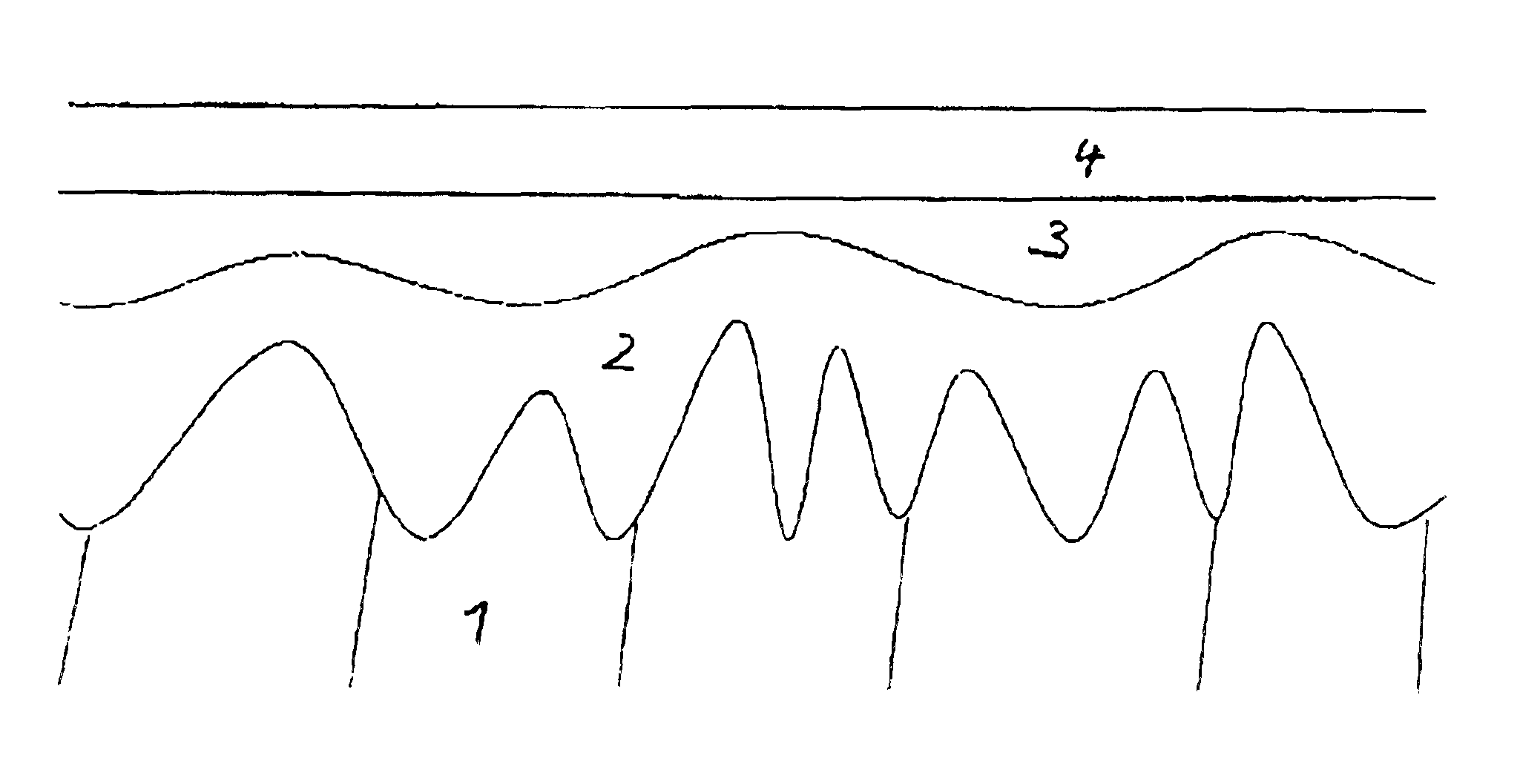Method for the production of optical components with increased stability, components obtained thereby and their use
a technology of optical components and stability, applied in the field of optical component production, can solve the problems of unloading of stresses and strains in the material, adversely affecting the power of the material, and additional micro-disruptions in the molecular structure of the base material, so as to increase the yield of such production processes, increase the stability of such components, and reduce the effect of micro-roughness
- Summary
- Abstract
- Description
- Claims
- Application Information
AI Technical Summary
Benefits of technology
Problems solved by technology
Method used
Image
Examples
example
A crystal lens of CaF2 material obtained from a homogeneous single crystal by sawing and grinding is polished to micro-roughness. Then it is carefully cleaned in order to remove contamination particles and water components on the surface. Another cleaning step is produced in an evaporation device by glow discharge at room temperature in a time period of approximately 30 minutes. In this way, the temperature of the component increases somewhat. Then a covering layer of SiO2 is deposited in a thickness of 0.5μ. After deposition, the covering layer is processed by polishing to a water-free state with diamond polishing means. Since the surface now no longer has a direction-dependent hardness in the crystal structure, the triple-wave character that is otherwise common in CaF2 remains clearly smaller. Subsequent processes, such as ion-beam abrasion or robotic polishing, permit a further targeted rapid convergence for improving the fit, since the abrasion process is produced here on an alm...
PUM
| Property | Measurement | Unit |
|---|---|---|
| thickness | aaaaa | aaaaa |
| thickness | aaaaa | aaaaa |
| thickness | aaaaa | aaaaa |
Abstract
Description
Claims
Application Information
 Login to View More
Login to View More - R&D
- Intellectual Property
- Life Sciences
- Materials
- Tech Scout
- Unparalleled Data Quality
- Higher Quality Content
- 60% Fewer Hallucinations
Browse by: Latest US Patents, China's latest patents, Technical Efficacy Thesaurus, Application Domain, Technology Topic, Popular Technical Reports.
© 2025 PatSnap. All rights reserved.Legal|Privacy policy|Modern Slavery Act Transparency Statement|Sitemap|About US| Contact US: help@patsnap.com


